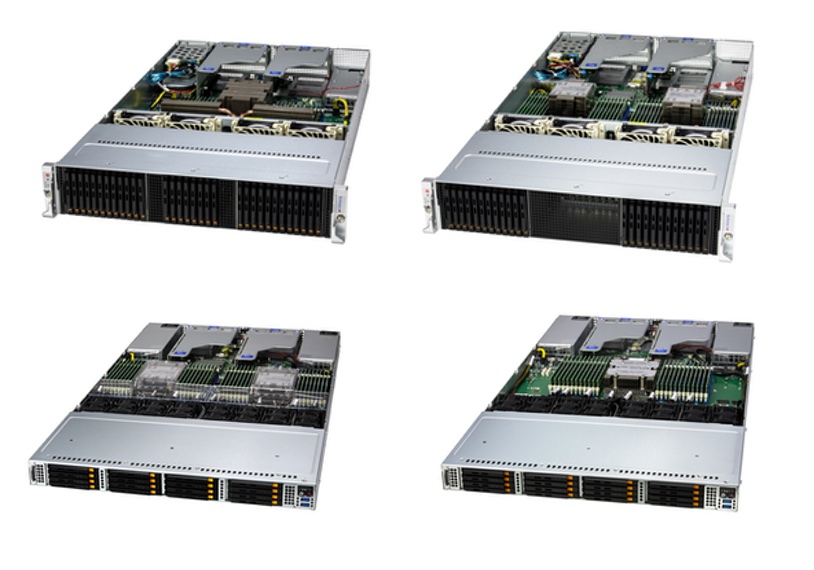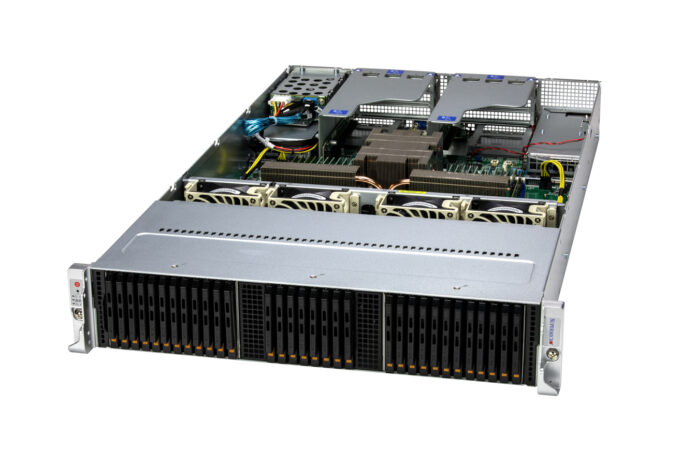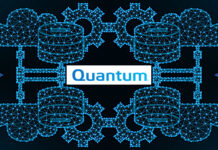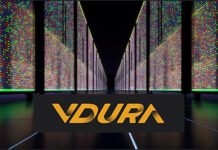Supermicro has launched a PCIe gen 5 storage server line with E3.S flash drives and CXL memory expansion support aimed squarely at the HPC and ChatGPT-led AI/ML markets.
The EDSFF’s E3.S form factor updates and replaces the U.2 2.5-inch drive format, inherited from the 2.5-inch disk drive days. Supermicro is supporting single AMD and dual Intel CPU configurations in either 1RU or 2RU chassis, with up to four CXL memory modules (CMM) in the 1RU chassis, and NVMe SSDs filling the E3.S slots. Given that they use the latest AMD and Intel processors, these are likely the fastest raw spec storage servers on the market and are aimed at the AI inferencing and training markets.
Supermicro president and CEO Charles Liang said: “Our broad range of high-performance AI solutions has been enhanced with NVMe based Petabyte scale storage to deliver maximum performance and capacities for our customers training large AI models and HPC environments.”
The systems support up to 256TB/RU of capacity, meaning a full rack could hold 10.56PB of raw storage.
There are four separate products or SKUs and a table lists their characteristics:

The 1RU models can accommodate up to 16 hot-swap E3.S drives, or eight E3.S drives, plus four E3.S 2T 16.8mm bays for CMM and other emerging modular devices. The 2RU servers support up to 32 hot-swap E3.S drives. Maximum drive capacity is 15.36TB in the E3.S format currently, but 30TB E3.S drives are coming later this year, and that will double the maximum capacity at 512TB/RU, meaning 1PB in 2U and 20PB in a full rack. The data density and raw access speed will seem incredible to users with arrays of 7 or 15TB PCIe gen 3 or 4 drives.
Both Kioxia and Solidigm are working with Supermicro to get their coming higher-capacity SSDs supported by these new storage servers.
It’s likely that the other main storage server suppliers – Dell, HPE, and NetApp – will use similar designs for their scale-out storage hardware in the near future. A lids-off picture shows the basic Supermicro design: drives at the front, then fans, logic, memory and processors in the middle, with power supplies and network ports at the back.









